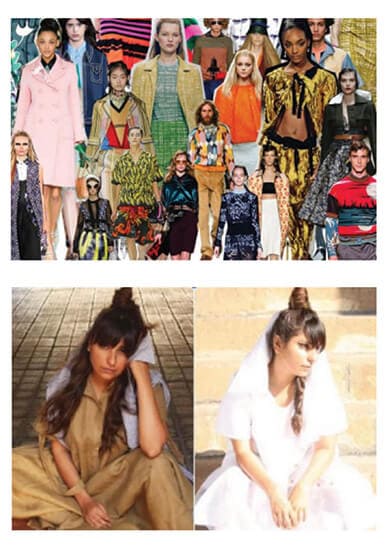The apocalypse we are in is engulfing and disruptive. But it is in disruption where Design Villagers thrive, adapt, and step up. It fills me with pride that the graduates exemplify more than ever, the TDV values of being compassionate, perseverant, courageous, and aware.
Mentor - Ashutosh Porus, Lena Gupta, Isha Talsani, Vatsal Agrawal, Chitrak Srivastava
The project is based on the understanding that in contemporary times, human society is dependent on technology more than ever before.
However, because of its inherent complexity, many people struggle to cope with it, especially the elderly-people around and above the age of 65. Thus, the intent is to
investigate their experiences and make interventions to make it easier and thus more enjoyable and effective. Additionally, the goal was also to be sensitive to the
negative impact on their physical and mental wellbeing. The concept included designing a form whose aesthetics were familiar and thus gave them confidence to use, and
had features that were most relevant to their mindset presented in a simplified manner for ease of use.
The Design Village 2020
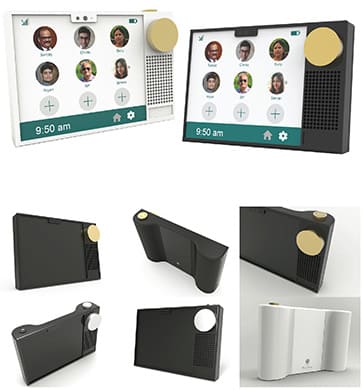
Mentor - Mudita Pasari
The design idea is to build a set of three games for children with dysgraphia, that go by the names- Balance, Shape Bingo and Crossways. By tapping the ability of spatial reasoning to visualise 2D or 3D objects; the potential to make spatial judgements and manipulate them to solve problems and to employ geometric shapes following Gestalt's principles to develop spatial orientation skill, the objective is to encourage children with dysgraphia to develop skills and learning from methods other than writing or drawing. The underlying philosophy of this approach is that children immersed in play, learn and evolve even while remaining innovative and liberated. The project also bore testimony to a humble realisation that oftentimes it is not children who need to change, but the environment around them.
The Design Village 2020
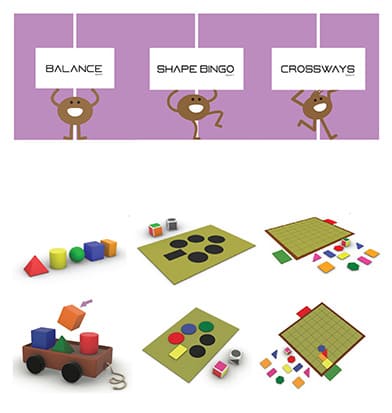
Mentor - Sneha Ravishankar
Founded on the observation that most people struggle to navigate through hospital spaces, during the time of a medical crisis, the intent is to make this experience as less daunting as possible, especially for first-timers. Resimercial design, an upcoming approach of incorporating a home-like ambience, through design interventions in institutional spaces such as hospitals is seen as a directing principle. In this project, this concept was amalgamated with system design of signage that is efficient, congenial and humane thus benefiting all-the caregivers and the patients and attendants. The form, scale, content, colour palette and cognitive associations of the signage along with its strategic placement in the hospital spaces is designed in a harmonious way.
The Design Village 2020
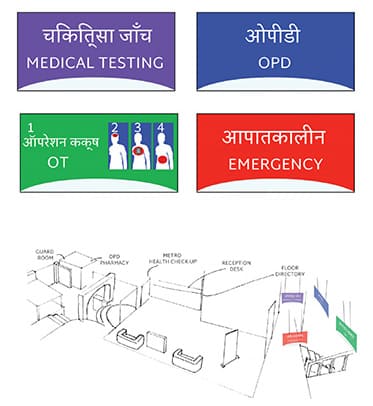
Mentor - Bhavik Mehta
Kindvibe is a school of thought that is steeped in the virtues of 'good living' in a symbiotic relationship with one's surroundings. It sees the masses as individuals who believe in the power of a collective good which transcends boundaries of time and space. Individuals are ingrained with the belief that objective morality stands above everything else and that a harmonious cohabitation with all other living species and the physical environment-a sustainable earth are essential for survival. The power to bring about change increases exponentially when individuals come together and work towards a common goal. It creates a platform that enables consumers to shop for products based on certifications that have been provided by authorised agencies around the world.
The Design Village | 2020
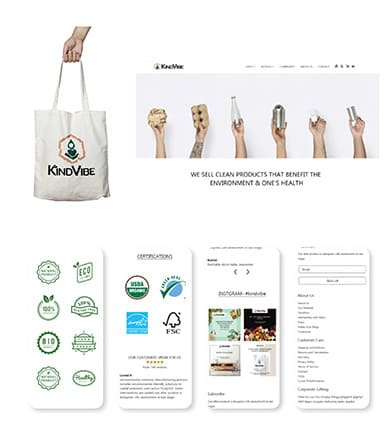
Mentor - Tuttu M Thomas
The intent of this project is to help teenaged students cope better with the inherent stress and issues of self-awareness that they are vulnerable to, during that phase in their life wherein they have to make career choices. At this time, they are expected to develop larger perspectives of the world and their position in it and typically, there is conflict between real and ideal versions of the self, that could potentially hamper development. The concept relies on an individual student's need to interact with a journal in a manner akin to a conversation with their alter-ego and derive a measure of comfort through reflections. There are no prescribed rules here, no deadlines and no expectations; just the freedom to engage whenever a need is felt.
The Design Village | 2020

Mentor - Shemal Pandya
'Yuvayu' is a joint initiative of the Delhi government and TERI with the singular goal of making public schools the green hotspots of the city. Because children are among the most vulnerable to long-term ill effects of air pollution, the student centric and student-led campaign looks to reach out to more than a thousand government schools in the geographical region of Delhi through setting up of eco-societies, awareness workshops, localised nurseries and conducted primarily by involving students. It stands on four pillars-attributes as awareness, action, sustenance and growth. It acts as a tool and a platform that equips students with the means of giving themselves a healthier life as well as giving them an avenue to be recognized and appreciated for their work.
The Design Village | 2020
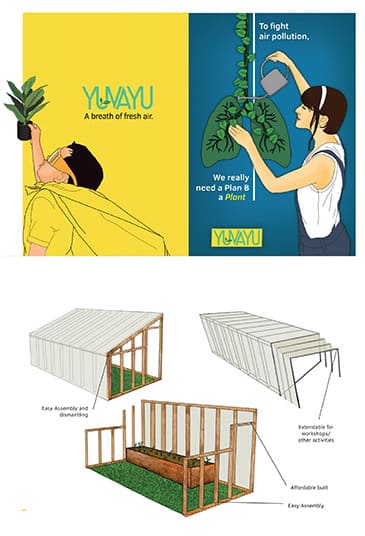
Mentor - Mudita Pasari
This project intends to help people make better and informed decisions while deciding on appropriate means of transport to reach desired destinations; particularly, to develop visual communication to encourage people to travel more via public transits. It is based on the understanding that most people who can afford private transport travel by these, because of convenience; however, also because they are not fully informed about convenient possibilities in public transport. Additionally these options also provide an opportunity to be responsible towards the big picture-the environment. The prime objective thus is to understand the barriers that stop people from opting for public transport and make an attempt to solve the issue of accessibility of information on connectivity of DTC buses and DMRC routes across Delhi-NCR.
The Design Village | 2020
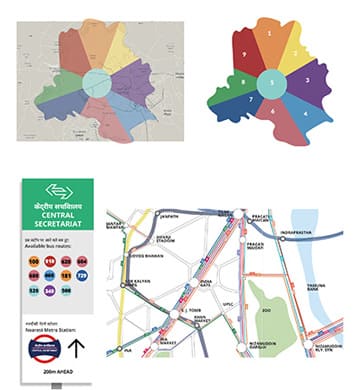
Mentor - Pritesh Maru
'Monsters and Bears' ('M and B') creates a platform for human engagement through a collection of relatable stories primarily focusing on the issue of loneliness, feeling of isolation, anxiety and pessimism; these being some of the most significant challenges faced by developed societies in the new millennium. Through imaginative and innovative narratives posted on social media platforms like Instagram, on M and B's accounts, the intent is to exercise the role of empathy, trust and connectedness in mitigating and preventing such negative experiences. Further 'M and B' seeks collaborations to make merchandise as temporary tattoo-stickers, laptop/phone stickers to uplift people by encouraging them to strike conversations with others and make them feel part of a supportive community.
The Design Village | 2020
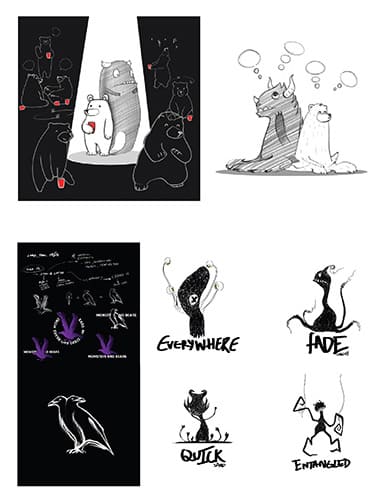
Mentor - Mohan Verma
Bin Win is a solution designed to effectively manage the waste generated by the packaging industry in the Indian Railways. The approach adopted acknowledges the vastness and diversity of the industry and hence is a combination of system design, campaign design and product design. It focuses on a new way of waste collection and segregation so that it can be effectively treated, reducing the overall waste dumped in the landfills (a growing menace in India). Visual aids like colour coding the different kinds of waste have also been included for easy understanding and following for the different strata of the society, educated and uneducated alike. The research includes in-depth conversations with senior officials of the Indian Railways, in order to reach a practical, implementable, scalable and long-lasting solution.
The Design Village | 2020

Mentor - Tuttu M Thomas
'Lost in Substitutes' is based on the premise that we are living in a world of substitutes; there are multiple options to perform any activity and although digitization has opened Pandora's Box with newly emerging, easily accessible and user-friendly possibilities, it has also facilitated a perceptible dilution of sensorial experiences that in reality, are fundamental to human existence. Oftentimes, these are completely forgotten in the scheme of things and are proven to ultimately have a negative impact on not only our physical but also our mental wellbeing. This project is thus, the journey of bringing back to the conscious, multiple sensory experiences of diverse kinds and varying intensities. The impact it seeks to create is the realisation that digital experiences only try to emulate but can never replace sensorial ones.
The Design Village | 2020
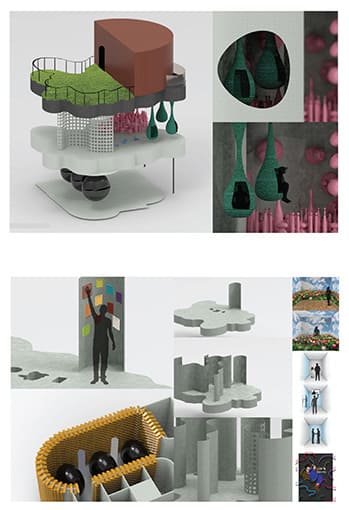
Mentor - Chitrak Srivastava
The feeling of missing out is an increasingly occurring perception in which people assume that others are somehow better off than themselves and that sets them on a
path of envy and low self-esteem. The root cause of this phenomenon is the overwhelming influence of social media. FOMO is often either ignored or treated casually as
being just a 'gen-Z lingo'.
However, this project seeks to address the seriousness of the phrase in the first place, and then to explore mechanisms to deal with it. The aim is to reposition and
model social media itself in a way that content is regulated by an algorithm which ensures that a user experiences an event as a free-thinking, independent, intelligent
individual first and then becomes privy to others' responses.
The Design Village | 2020
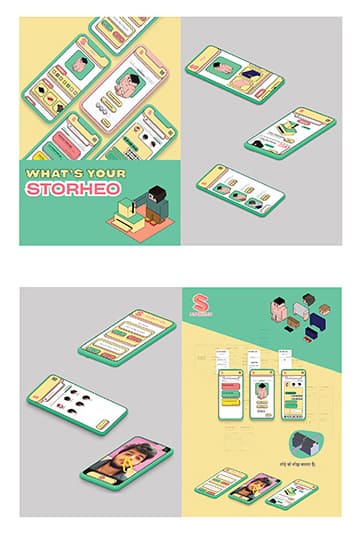
Mentor - Lena Ragade Gupta
The project is based on the premise that the rich treasure trove of stories handed down from the past, when adapted to contemporary contexts, through mechanisms afforded by technology, become more immersive, relatable and relevant; therefore, it is more likely to have greater impact on an audience. Operating as a website, it facilitates multiple interactions with a curated set of iconic stories that were written in the Indian context in the past, and primarily revolves around an innovative, dynamic participatory process of creating diverse adaptations. This enables the development of varied perspectives which in turn can go a long way in inculcating values of tolerance in an increasingly disparate world. In essence it functions as a think-tank platform for interested contemporary narrators to indulge in the art of storytelling with a purpose.
The Design Village | 2020
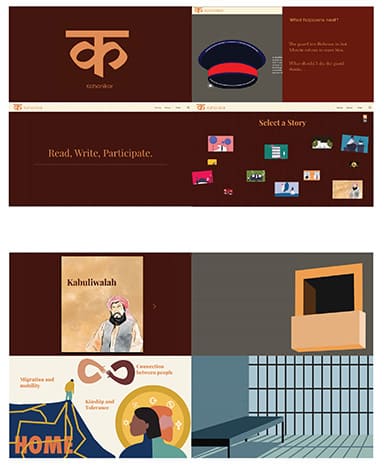
Mentor - Pritesh Maru
Baraabari: Bringing together, the people with visual impairments and the sighted The world of blindness is nothingness yet it is everything. The sighted fail to understand this because blindness is misunderstood as a disability and so people with visual impairments are treated as disabled. The project tries to sensitise people to the fact that, for the people with visual impairments their innate and extraordinary senses of sound, touch, smell and taste become their sight so as to say, and help them interact with the world in all possible ways just a little different from ours. While the people with visual impairments have accepted their being differently-abled in a way that helps them live life differently, sighted people should be encouraged to create an environment which is inclusive. The concept revolves around an event called Musical Braille which breaks the barriers between them.
The Design Village | 2020
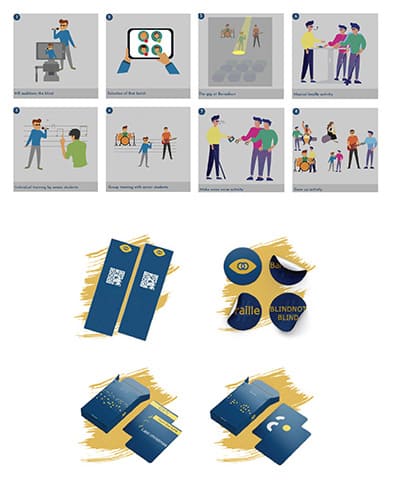
Mentor - Mohan Kumar Verma, Prachi Joshi
The system-design project seeks to address an area of great neglect in urban centres despite being of importance. Having undertaken extensive research involving the mapping of diverse scenarios of the 'first and last mile' of office-going people in Delhi (commuters who undergo the same journey every day to reach their destination on time), the intent is to make the three different and sequential journeys of a public transport (First mile or commencement/Public Transport-DTC buses or the Delhi Metro that is mainline/Last Mille or end) to a single seamless journey and also offer options that cater to a need. Comfort, time, distance, cost incurred are some of the critical issues addressed through a user-friendly App.
The Design Village | 2020
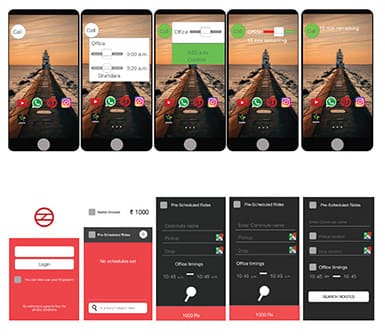
Mentor - Anjan Chakravorty and Lena Ragade Gupta
The dissertation takes a strong view on the fact that the unprecedented challenges of the new millennium in the context of the quintessential Indian nation-state, have
directed the vision of design education in the future.
This can only be founded on the ideology of multi-disciplinary design education. Looking at observations through the lens of work done by Great Masters of Architecture
and Design, and through conversations with contemporary practitioners, a set of paradigms is arrived at, that define parameters of multi-disciplinary education that
then feeds multi-dimensional design practice. It concludes that the need to address critical issues such as economic disparities, natural disasters, geopolitical
conflicts and to understand a sense of living together that demands a sense of defining the larger goals of the future which can only be achieved by 'what design can
do' rather than 'what design is'.
The Design Village | 2019
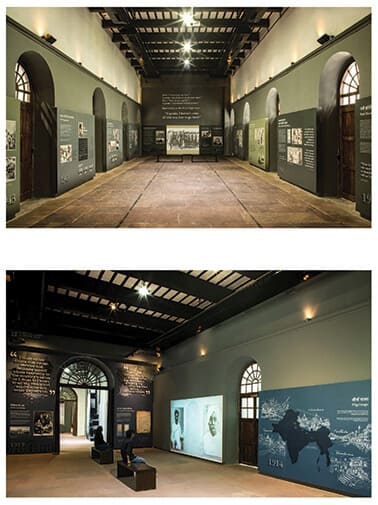
Mentor - Lena Ragade Gupta
Museums have come a long way across times and cultures from being mere archival spaces for artefacts, to becoming stakeholders in the dynamics of cities and taking
responsibility for social change apart from becoming places of leisure and entertainment or sources of information.
The impact they potentially have, on the psyche of a collective, has been utilised to a greater extent in recent times. The dissertation argues for multilayered
communication as being mandatory in Indian museums. Based on the analysis of path-breaking museums across the world and particularly in India, it defines the parameters
of good museum design in the Indian context which is heterogenous and extremely varied. It demonstrates how successful museums have had multiple iterations of ideas to
cater to multiple intelligences and mindsets.
The Design Village | 2018
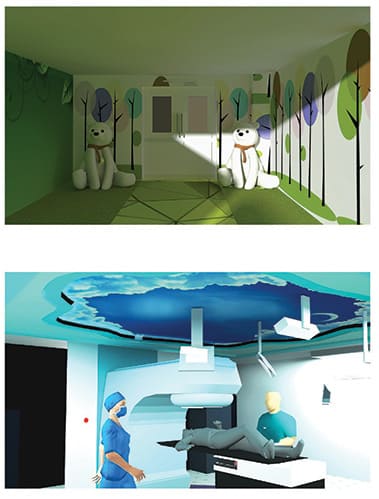
Mentor - Lena Ragade Gupta
Museums have come a long way across times and cultures from being mere archival spaces for artefacts, to becoming stakeholders in the dynamics of cities and taking
responsibility for social change apart from becoming places of leisure and entertainment or sources of information.
The impact they potentially have, on the psyche of a collective, has been utilised to a greater extent in recent times. The dissertation argues for multilayered
communication as being mandatory in Indian museums. Based on the analysis of path-breaking museums across the world and particularly in India, it defines the parameters
of good museum design in the Indian context which is heterogenous and extremely varied. It demonstrates how successful museums have had multiple iterations of ideas to
cater to multiple intelligences and mindsets.
The Design Village | 2019
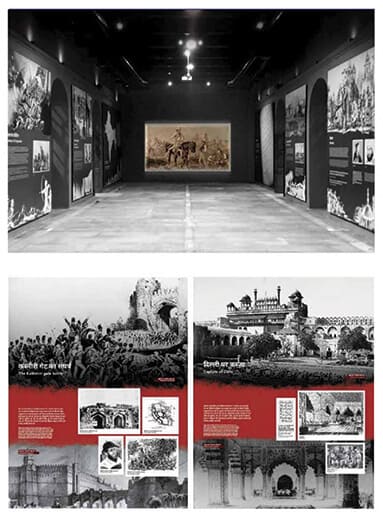
Mentor - Lena Ragade Gupta
The concept is built around the idea of living in a house which is surrounded by nature in a way that it protects the residents from the polluted environment outside.
Accommodating indoor trees or plants and employing other natural mechanisms helps in filtering the air inside the house and providing adequate natural light and
temperature required to be healthy. These mechanisms include the use of natural and sustainable materials and sustainable services.
Each individual's ownership for ensuring sound micro-climatic management practices within their personal domains can go a long way in minimising the burden on
collective systems.
The Design Village | 2018
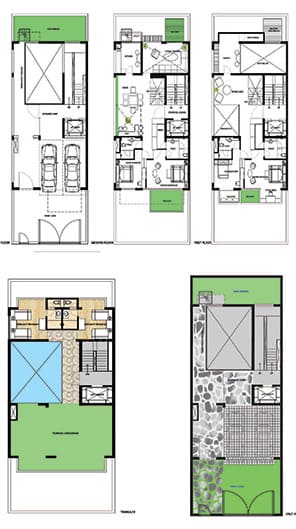
Mentor - Ashutosh Porus, Lena Gupta, Isha Talsani, Vatsal Agrawal, Chitrak Srivastava
The project 'Equilibrium' is an app that primarily seeks to bridge the disconnect between the community that suffers from mental ailments and professional caregivers by providing mental health resources. At the same time, it tries to create a platform for those that struggle with mental health issues to tap into shared experiences, and be able to talk to someone; to share stories and experiences to minimise the fear of isolation because mental wellbeing is closely associated with social connections. Equilibrium aims to be a fully LGBT+ friendly space, providing tailored services to the LGBT+ community which even today has little support by way of social acceptance and professional guidance.
The Design Village 2019
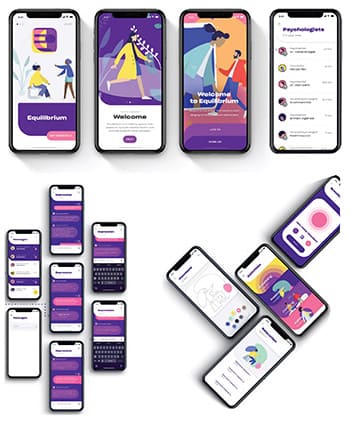
Mentor - Nikhil Tailang
The project tries to garner support and recognition for busking-a popular form of a street/public performance by artists to earn a livelihood through an App that recognizes their talent. Although busking has been in vogue since antiquity, in recent times the approach to it as an art form, ranges from promoting it as a tool for activating public spaces to treating it as an illegal activity that encroaches into the public domain. The project is founded in the ideology that buskers easily get connected to city travellers as they reflect more information about the current culture, social, and economic status of the local people and can become an effective mechanism for promoting local tourism while providing a livelihood for the performers. Mentor: Nikhil Tailang
The Design Village | 2020
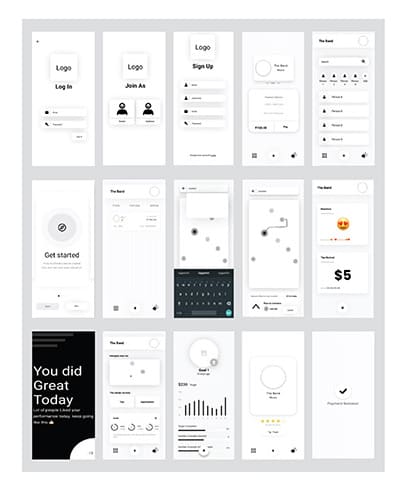
The dissertation is primarily a pure-research protocol; a discourse on a domain of interest that demonstrates an in-depth and critical understanding of the chosen subject through methodical study. They follow a sequential process of taking a position by way of a hypothesis, building an argument to defend it, and communicating effectively.
Mentor - Lena Ragade Gupta
The study takes a hard look at the various connotations of Frugal Innovation' across the world and in particular in the Indian mindset. It also examines contemporary definitions of design and outlines the challenges before design practices in this new millennium. Further, it takes a stand that if one were to correlate the two, there is a clear indication of a need for grassroots innovation to be a niche and specialised form of design practice that encompasses all its paradigms throughout the design process. The author tries to convince readers that this approach to design as a way of thinking and therefore acting comprehensively is also pertinent to developing nations such as India where social design can reach out to the hitherto not included sections of society.
The Design Village 2020
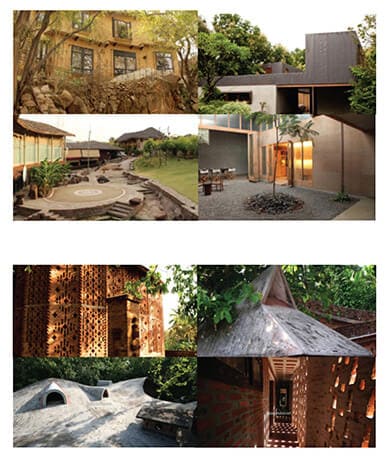
Mentor -Lena Ragade Gupta
'Originality' is a common term used in design education as well as the design industry. The study investigates how there is demand from the market to constantly design 'something different in this information age; how a mere click of a button opens up doors for one to know about anything, anywhere and anytime; however, it has also brought to the forefront the temptation to make someone else's work one's own. In short, copying has become an acceptable thing to do because there is comfort in numbers. Lack of awareness, prescribed expectations/pressures of deliverables and cultural mindsets also contribute to plagiarism. The author questions whether originality is even possible in these times and tries to create an ethical framework of sorts to evaluate various degrees of originality on a spectrum that lies between purely original to blatantly plagiarised. Mentor: Lena Ragade Gupta
The Design Village 2020
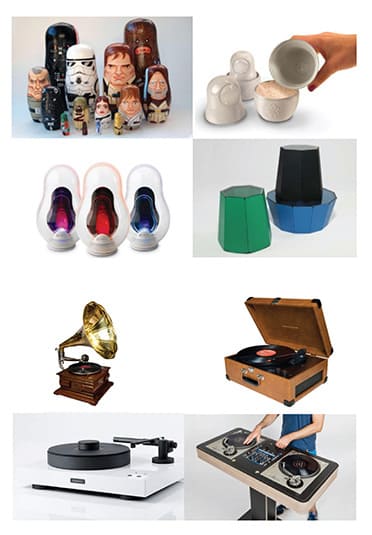
Mentor - Lena Ragade Gupta
For the Gen Z, reading the newspaper is out, viewing news through digital media is in. This realisation led the study to investigate how the digital platform was being used for news dissemination; the lack of informed, credible and accountable reporting is a regular phenomenon and there is complete freedom for anyone to be a news publisher. This generation operating within a limited sensibility of discretion to differentiate rhetoric from fact thus often buys the false narratives that circulate on these platforms. It warrants a study of whether these channels were governed by law of any kind, and whether information filtration or moderation was even happening. It concludes with placing the onus on news publishing houses to develop a framework to ensure that this medium also owns up to credibility, ownership and accountability.
The Design Village 2020
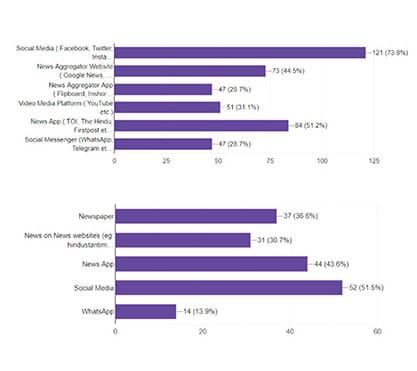
Mentor - Sanchita Bhatia
International brands when entering a foreign market initiate extensive research regarding its cultural, behavioural, and socio-economic factors.
The intent of this is to incorporate local preferences into the marketing mix determining the introduction, marketing and selling of the product. This study is
conducted with the purpose to identify these features of localization that have been adopted for various components of the package design, in the context of a range of
food and beverage products selling in the Indian and European market. While many international brands do some extent of customization, others keep their original
packaging intact. It examines the increasing assertiveness of cultural aesthetics on the packaging designs of products initiating sales in a foreign market and the
impact.
The Design Village | 2020
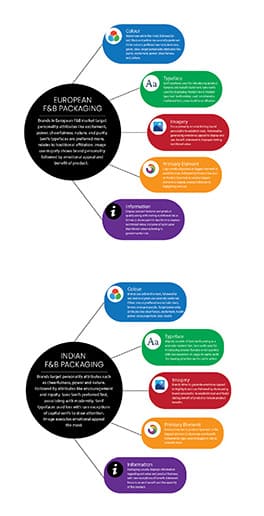
Mentor - Sneha Ravishankar
Cinema is like a mirror; it reflects the way society is conducted. It captures frozen moments in time depicting lifestyles, cultural aspects, issues, and even thought processes exemplified by people in the society of various times. And hence, the pulse of the society can be projected in the movies and in the movie posters that promote them. These posters are designed in a way that they catch the attention of the viewer, as well as create interest/ communicate in just a few seconds the narrative. This dissertation focuses on understanding the visual language of posters of mainstream Bollywood cinema and what influences these in particular have on society given that they have immense recall value and create long lasting impressions.
The Design Village | 2020
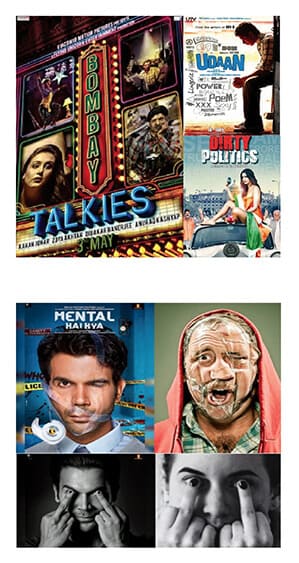
Mentor - Mudita Pasari
This dissertation picks up the debate in the aftermath of the massive protests and movements that occurred in the US after the killing of George Floyd, an
African-American at the hands of the law enforcers making people realise that the battle against systemic racism was far from over.
The state-controlled media has continued to propagate the narrative of always questioning and assaulting the motive of dissenters and painting a bad image of them. The
study thus questions how dissenting becomes necessary through the use of digital platforms like social media connecting the world and facilitating instantaneous
communication of ideas; how a simple viral hashtag #blacklivesmatter turned into a massive organised movement functioning even to this day. The author explores how
design steps up and helps in the aiding of constructive and positive dissent and examines its roles, responsibilities.
The Design Village | 2020
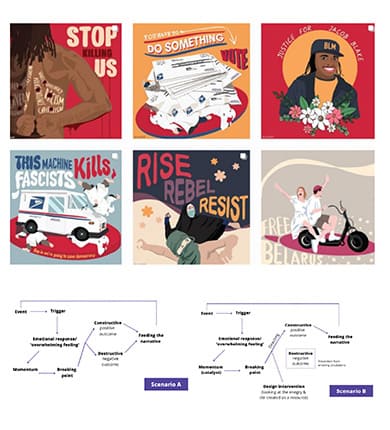
Mentor - Anusha Dhawan
Design has long since been associated with addressing users' comfort zones and solving their problems. Today, comfort is increasingly incorporated to ensure that products or services make life more comfortable or easier. This dissertation aims to understand the relevance of incorporating discomfort in the design process and thereafter proving its effectiveness, especially in advertisements; if incorporated correctly proving to be more effective than making users more comfortable in their experiences. It tries to examine different approaches of introducing discomfort in general, and whether those approaches were used in examples picked up in the research analysis. Discomfort is in particular seen in the context of advertisements and by assessing 'shock value' and how the unspoken or lesser spoken societal topics provoke users to act differently or at least begin to indulge in dialogues on these social issues.
The Design Village | 2020
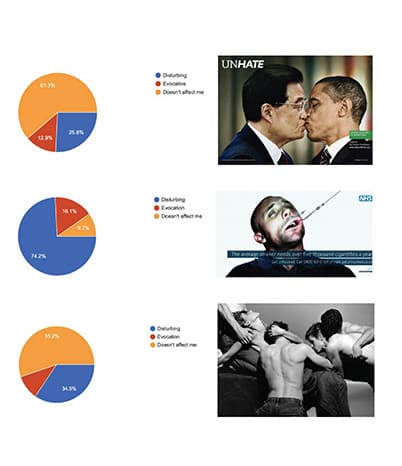
Mentor - Pritesh Maru
This research paper focuses on cyberpunk as a subgenre of science fiction and how it is perceived as our near future. It tries to understand the reasons why this
subgenre of science fiction has grown in popularity in the recent past and how the world that is built in cyberpunk influences the real world and looks at how the
concepts invented in cyberpunk, in turn, influence the real world. These are explored through examples while taking in the perspective of the visual aspects of both
worlds are compared using the six principles of heterotopia by Michel Foucault.
The analysis of both these worlds is carried out with the framework of navigating both the worlds with the setting of the spaces, the same way one would navigate
through a video game.
The Design Village | 2020
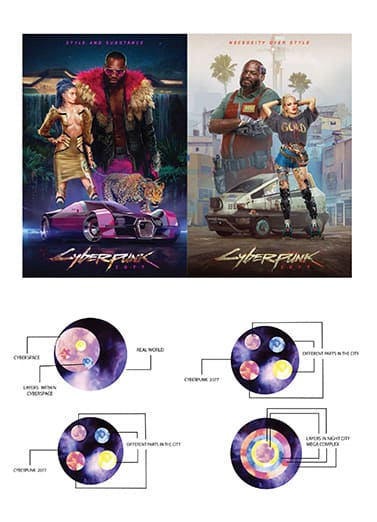
Mentor -Lena Ragade Gupta
A common point amongst a majority of the human-created objects we come in contact with in our lives, can be identified as symmetry. A fundamental question then is whether consumers prefer symmetry or are made to prefer it or if symmetry has always existed to the extent it does today and whether there has been any evolution in its perception. The author traces the reasons for the constant adaptation of symmetry in product design to the point of becoming an unquestioned ritual. It studies the prevalence of symmetry in Product 'forms' in parts through the lenses of context: historical, religious, and cultural; archeology; taxonomical; psychological and technological advancements. It takes into consideration constraints such as manufacturing processes and client demands. It concludes that designers must identify what is best for consumers rather than giving in to their notions
The Design Village | 2020
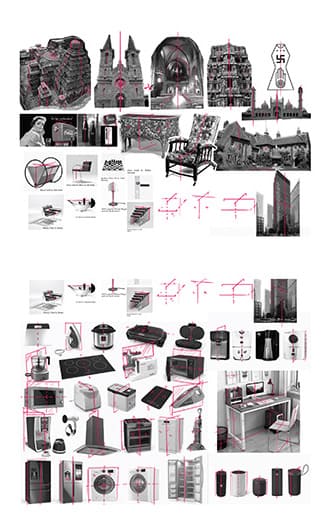
Mentor - Fahad Zuberi
Self-pleasure is a taboo in India yet it beholds a whole universe of narratives. There have been numerous incidents where objects of pleasure have come under heavy criticism from society and have been subjected to its moral policing. Focusing on vibrators, this dissertation is a socio-political commentary on the transformation of society which questioned gender norms and considered female sexual needs as a disease. Historically, sexual pleasure originated with ignorance of the sexual needs of a gender and has since then, progressed to an attempt to portray a liberal society defending the fluidity of gender. Parallel to this, advancements in technology, discovery and innovative treatments of new materials, pop culture influenced audiences and dictated censorship in society. The study tries to correlate these separate timelines and find patterns which are used to study the evolution of sex toys.
The Design Village | 2020
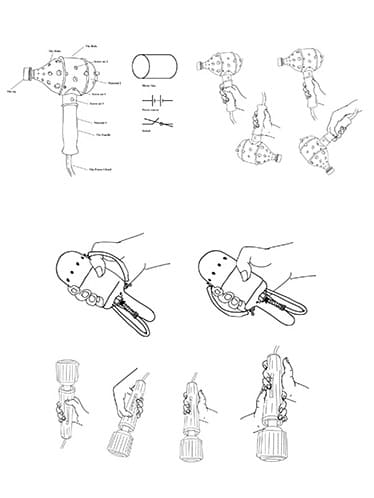
Mentor - Mudita Pasari
It is a well-established fact that India is renowned all over the world, for its regional arts and handicrafts. Since it is a land of varied cultural backgrounds, each region has developed its unique style. Although these vastly differ from each other, one can also find common ground. Despite the similarities, many regional arts are not recognized by the government, thus denying them the various benefits it provides. In a land where more than 25 million people craft their livelihoods with their hands, economic vulnerability can have devastating consequences if not taken care of. The seeks to define a framework of parameters for the same.
The Design Village | 2020
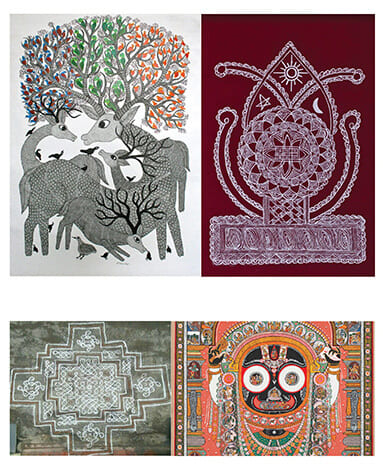
Mentor - Mudita Pasari
The world of blindness is nothingness yet it is everything. The sighted fail to understand this because blindness is misunderstood as a disability and so blind people
are treated as disabled. The project tries to sensitise people to the fact that, for the blind their innate and extraordinary senses of sound, touch, smell and taste
become their sight so as to say, and help them interact with the world in all possible ways just a little different from ours.
While the blind have accepted their being differently-abled in a way that helps them live life differently, sighted people should be encouraged to create an environm…
The Design Village | 2020
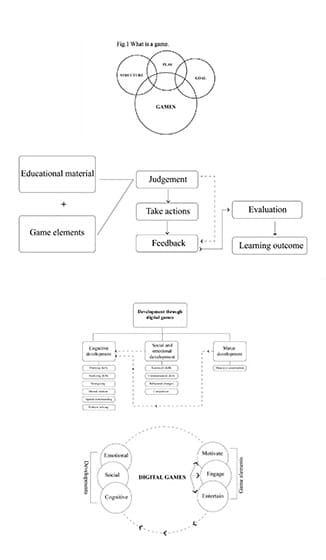
Mentor - Lena Ragade Gupta, Shemal Pandya
The dissertation begins with a curiosity to understand the etymology and attempts to relate to multiple meanings of the word 'professionalism' with reference to varied contexts and for different people from varied walks of life. These meanings range from manifestations as formal dress codes and email etiquette to discipline and rigour and even extend to connotations of ethics and philosophies. In particular, it views these meanings for designers practising in the industry for varied time periods and tries to frame questions asking for the very need to do so and also the implications of the term commonly used in work environments. It then analyses how professionalism is translated into spatial order by mapping the correlation in a multi-disciplinary and moderate sized design studio.
The Design Village | 2020
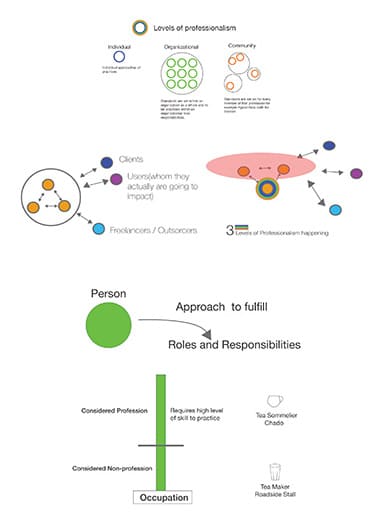
Mentor -Anjan Chakravorty and Lena Ragade Gupta
The dissertation takes a strong view on the fact that the unprecedented challenges of the new millennium in the context of the quintessential Indian nation-state, have
directed the vision of design education in the future.
This can only be founded on the ideology of multi-disciplinary design education. Looking at observations through the lens of work done by Great Masters of Architecture
and Design, and through conversations with contemporary practitioners, a set of paradigms is arrived at, that define parameters of multi-disciplinary education that
then feeds multi-dimensional design practice. It concludes that the need to address critical issues such as economic disparities, natural disasters, geopolitical
conflicts and to understand a sense of living together that demands a sense of defining the larger goals of the future which can only be achieved by 'what design can
do' rather than 'what design is'.
The Design Village | 2019
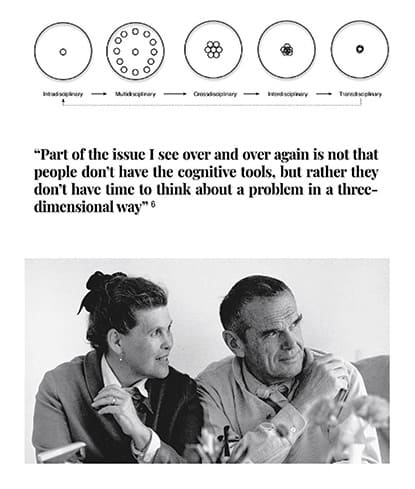
Mentor - Lena Ragade Gupta
The study is based on the correlation between design and healthcare, on the premise that design is not just about feeling wants and desires to make life happier, easier, faster etc. but also has the power to alleviate pain and suffering among patients with critical illnesses. In other words, the statement is that design can also aid in healing processes. The observations on the state of interior architecture that houses such people temporarily or permanently-hospices are analysed to infer upon the fact that they have a direct and indirect impact on the mental and physical well being of a patient in pain and distress. The target audience was children suffering from cancer in India being focused upon and the research thus conducted on cancer hospitals.
The Design Village | 2018
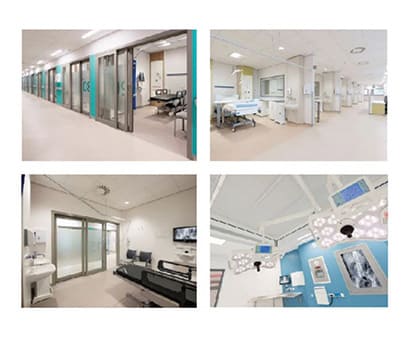
Mentor - Lena Ragade Gupta
Museums have come a long way across times and cultures from being mere archival spaces for artefacts, to becoming stakeholders in the dynamics of cities and taking
responsibility for social change apart from becoming places of leisure and entertainment or sources of information. The impact they potentially have, on the psyche of a
collective, has been utilised to a greater extent in recent times. The dissertation argues for multilayered communication as being mandatory in Indian museums.
Based on the analysis of path-breaking museums across the world and particularly in India, it defines the parameters of good museum design in the Indian context which
is heterogenous and extremely varied. It demonstrates how successful museums have had multiple iterations of ideas to cater to multiple intelligences and mindsets.
The Design Village | 2019
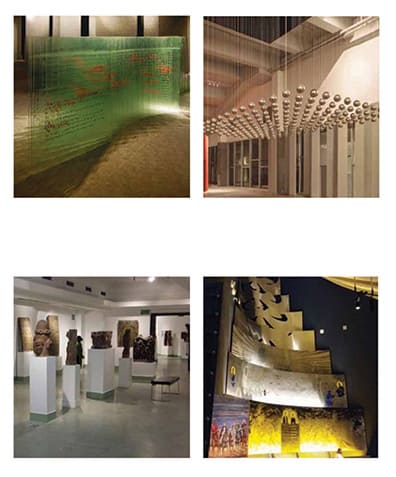
Mentor - Lena Ragade Gupta
Multi Layered Packaging: Placing the onus on designers for ecological change Packaging is a necessary evil; the act of protecting/preserving commodities for a transient time period has resulted in unimaginable wastage of material that finds its way into landfills. The study questions all the stakeholders on their part in the chain of processes that enable an already non-biodegradable material to be fused with a recyclable material as aluminium to create havoc in the ecological balance of the planet. It proves through primary research that driven by vested interests, none of them-the manufacturers who put this product into the environment, the immediate consumers who use it to package their commodities, the government that is expected to fulfil the role of a watch-dog and the general public who thrives on operating as per their convenience will try to make changes in this matter. Thus, the onus lies on designers to intervene.
The Design Village | 2018
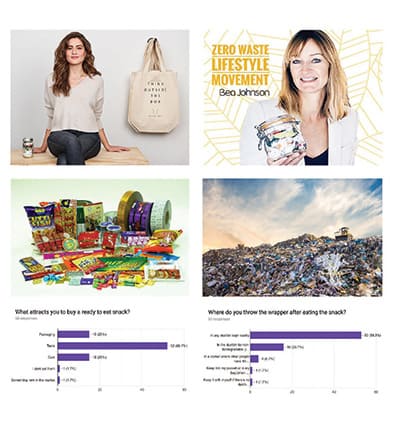
Mentor - Lena Ragade Gupta
From ancient times humans have felt the inherent need to travel - first for survival and use it as a mechanism to become more and more civilised.
Whether for survival, for trade and commerce or for the sake of adventure or as an act of leisure, travel has meant an exchange of ideas, philosophies, world views; in
short it has meant evolution of the human species. This study undertakes the exploration of what travel does to a designer's mindset and how it plays a key role in
building multiple perspectives and thereby looking for innovative, 'out-of-the-box' solutions for today's problems and possibilities for tomorrow (the definition of
design). Through research on the life and work of great masters of architecture and design, through conversations with contemporary practitioners and aspirants of
design education, the study tries to identify the specificities.
The Design Village | 2018
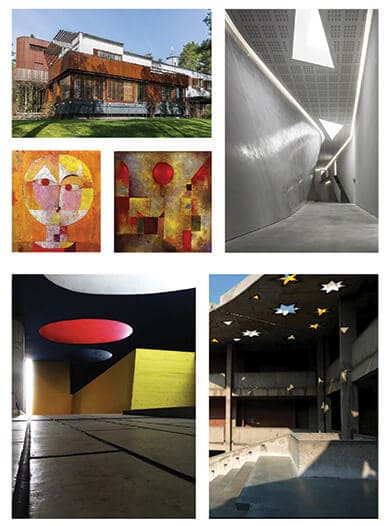
Mentor - Lena Ragade Gupta
The study conducts a critical appraisal of this form of a visual expression of thoughts in the public domain from the point of view of its acceptance as a legitimate art form (vis-à-vis the notoriety of graffiti), its purpose in the contemporary Indian context and therefore its acceptance. It is based on the hypothesis that primarily its function seems to be to prevent defacement of public space and thereby move away from 'beautifying' to increasing civic sensibilities; social participatory art is also used to create awareness of common issues of the collective, to build identities of marginalised communities and to imbue a sense of belonging to a local ecosystem, to make art accessible to a large section of society that does not feel privileged to be a part of formalised spaces as art galleries and museums.
The Design Village | 2018
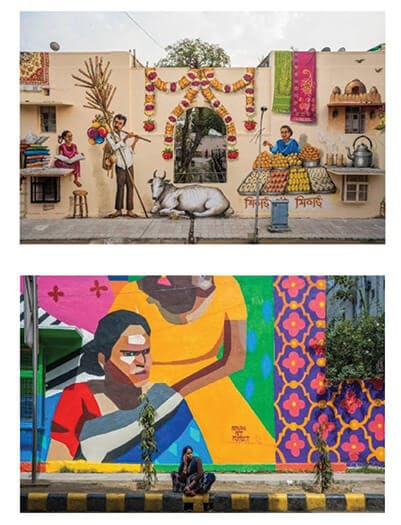
Mentor - Lena Ragade Gupta
The study takes a hard look at the transposed perception of an architecture of power; a symbol of racist, divisive and oppressive practices of the British colonists. Connaught Place was originally conceived as the Central Business District and continues to be one; however, the position taken is that the unsavoury historicity has not only tempered down with time but also that the precinct has transformed into the most inclusive, multidimensional and dynamic urban spaces of the national capital. Through an analysis of the varied activities occurring-ranging from trade/commerce to entertainment/leisure, of the transport line opening in the centre and turning the plan inside out, of the reading of the spatiality and character in the changed political climate, the study proves that time as an insert, can radically change perceptions and interpretations of architecture of power.
The Design Village | 2019
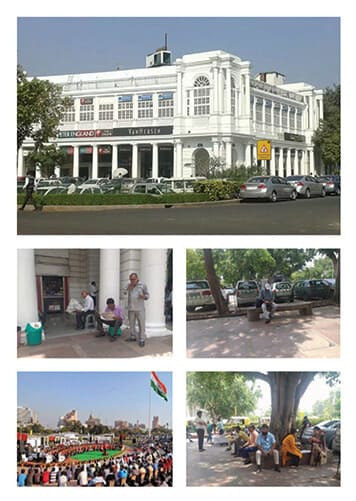
Mentor - Lena Ragade Gupta
The term 'quasi shelter' is understood as being nearly a kind of a shelter that makes a person feel protected for a short period of time. It has to do with a behavioural pattern that people exhibit in association with objects in the public spaces. In the chaotic realm of the projected public domain, driven by instinct, it is easy for oneself to lose footing, a sense of insecurity or a feeling of being deprived of one's own identity or one's proclamation to claim his/her territory or a simple search for comfort. These fundamentally project a search for an outdoor living space closest to an individual's personal shelter. The study aims to understand those attributes of public spaces which act as mediators in building the relationship between people with elements in the public domain.
The Design Village | 2018
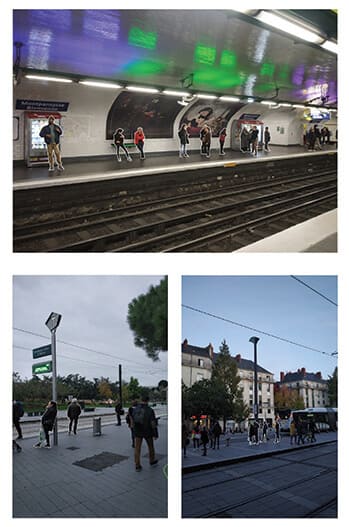
Mentor - Sneha Ravishankar & Prachi Joshi
A variety of platforms have been created over time, where brands reach out to their potential consumers. With changing platforms the branding strategy also changes, thus the reaction of the potential consumers or those viewing the content also changes. Many brands have been seen using women's sexuality as a selling point for their products and services; the study takes a stance that this in return leads the viewers/potential consumers to sexually objectify women; they tend to be more body-focused when sexuality is chosen as a selling point by the brand, their attention diverted and bond with the brand reduced. On the contrary, they tend to bond more with brands which use a more sensitive approach to branding. With increased awareness campaigns against norms set by patriarchal society regarding gender and sexuality, viewers are also relating more to gender -neutral content.
The Design Village | 2020

Mentor - Mudita Pasari and Shemal Pandya
'Persuasive technologies' are technologies which aim at deliberately changing the behaviour and attitude of users. Serious ethical concerns have been raised with respect to these technologies and to deal with the magnitude and complexities of issues, ethical frameworks have been suggested. Because these are predominantly only coming from academia, they lack insights obtained from perspectives of practising designers. This study aims to contribute to ethical discussions from a designer's perspective, by investigating the possibility of an objective ethical framework which not only guides towards objective decisions but is also able to adapt to dynamic factors which contribute to ethical dilemmas. The methodology involves scrutinising the existing ethical framework and then checking the practicality of these frameworks. This study, however, is only limited to the former and intends to test the practicality and add dimensions to this body of work.
The Design Village | 2018
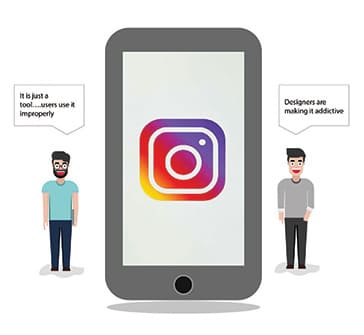
Mentor - Anusha Dhawan
This study revolves around interpreting deeper meanings of the (widely used) colour-red; in particular it tries to develop perspectives of its symbolic/connotative and metaphoric significance in the diverse and heterogeneous context of India. it also looks into the phenomenon of multiplicity of meanings within the context and why sub-cultural variations exist by conducting an extensive investigation into various domains such as food, geography, architecture and landscape, clothing and costume, visual and performing arts, written and verbal communication, popular forms of mass media, and design. It also traces the history of the usage of this colour to understand whether the emergent patterns show adaptation, resilience or transientness. The debate it raises is, whether colours are merely a part of visual aesthetics or whether they also imbue intangible sensibilities such as symbolism.
The Design Village | 2018
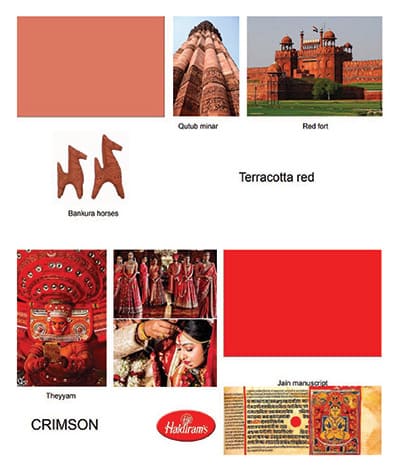
Mentor - Pritesh Maru
The study discusses the development of graphic novels from the time of their inception, primarily on the basis of the impact they have had on society and its culture. It compares variants of this genre from across the world and takes a stance that despite being influenced by these, Indian graphic novels have stood their ground in terms of their intent itself. They have acted as a medium to reflect on issues of importance to the collective, invoke self-introspection among their reader population through political and cultural satires, seem to want to emphasise the traditions and cultural practices of the civilization and oftentimes are successful in facilitating awareness of the country. Thus, they are important and accessible means of learning.
The Design Village | 2018
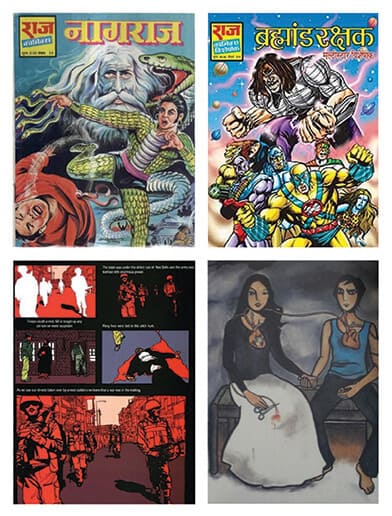
Mentor - Santosh D. Kale
The study evolves from the domain of information design and takes a position that if finances of the labour force can be streamlined and structured through design
interventions, the emergent awareness of government-schemes and their benefits can then adequately prepare labourers for any kind of uncertainties.
The larger picture of making industries more efficient and productive is also addressed. The relevance of this study lies in the fact that the production sector in
India is heavily labour-intensive and made up of a large migrant population that lives on a 'hand-to-mouth' existence in order to send money back home; labourers
identify their financial situation as 'struggling' or 'just getting by.' The purpose of the paper is also to prepare them for future financial resilience and reduce
potential stress.
The Design Village | 2018
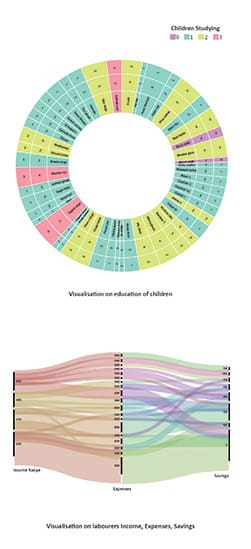
Mentor - Lena Ragade Gupta and Vatsal Agrawal
The idea of beauty has varied enormously across cultures, geographies and across time. The beauty industry has played a key role in reflecting its parameters through a vast range of products and their branding. The dissertation addresses the domain of history and evolution of the perception of feminine beauty over the past two centuries, the role of the waves of feminism in shaping it and particularly, the journey of women from them wanting to look good to gratify others to looking good for themselves. The insight from the dissertation is that, even in a small domain such as choices women make today with respect to skin-care products, there is a clear indication of a paradigm shift in the perception of beauty. Because of social media, the impact of a larger issue has percolated into smaller domains.
The Design Village | 2018
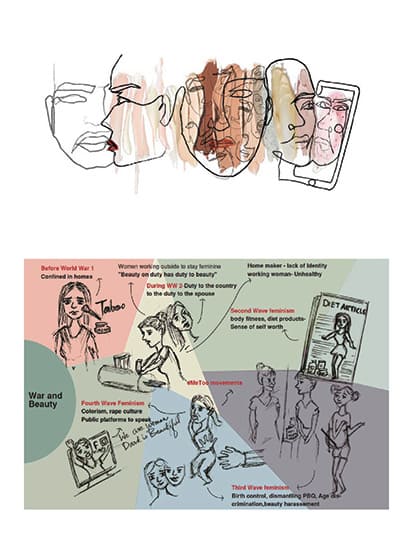
Mentor - Anusha Dhawan and Lena Regade Gupta
Indian architects have inherited the legacy of a 5000-year-old history; a rich narrative of a layered and largely syncretic civilization. In this context, they take positions on the idea of 'identity' and 'Indianness' that lie somewhere on the spectrum that has at its two extreme ends, tradition and modernity. However, the power of myths and superstitions on space-making continues to plague the user and these are in conflict with modern philosophies of design as much as with what originally was a scientific rationale that laid out principles of spatiality and prescribed codes for construction in Indian architecture. The study analyses the interpretations of 'Vastushastra', as manifested in a curated set of examples of iconic, modern (post-independence era) Indian architecture in the realm of institutional buildings and tries to infer a philosophical position with respect to its meanings and semantics.
The Design Village | 2018
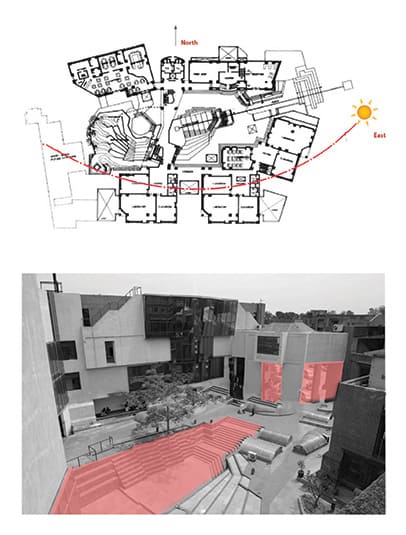
Mentor - Mudita Pasari
The study had its roots in research conducted on textile waste and its repercussions; in a journey undertaken to become aware of the practice of making Chindi rope from selvedge waste (pre-consumer) and their use in weaving the surfaces of Charpais (day beds), Muddas and Pidhis (stools) and the realisation of it becoming obsolete. The research included understanding the various stakeholders and the loopholes in the system that have not seen Chindi-Rope craft becoming popular despite it being sustainable. The hypothesis is founded on the need to resurrect this vernacular practice in a way that it addresses not just environmental but economic sustainability and social justice. The role of designers in this chain of processes is also examined. The author has taken the project forward and has already developed a range of contemporary products and created a new platform for artisans.
The Design Village | 2018
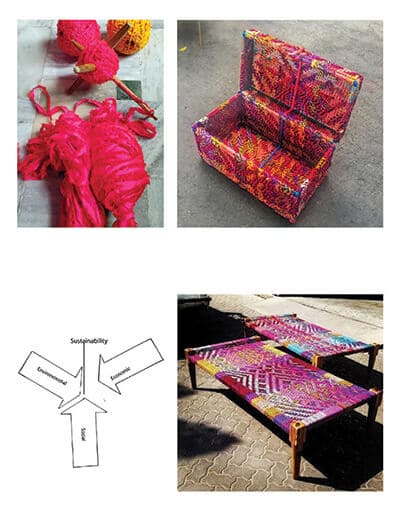
Mentor - Shemal Pandya
The study investigates the relationship between the field of design and MSME sector in the Indian context. Based on a critical analysis of data from secondary sources and research publications discussing design in India, design promotion, role of MSMEs and the technological impact on the competitiveness of MSMEs, the paper concludes that design inputs can contribute significantly to economic and social development in this sector. Based on the study, a framework has been recommended to analyse the implementation of design under an MSME; how the implementation of design can help better comprehend the need for innovation. The focus is on the implications of design thinking on the skill sets of design professionals, the organisational structure of firms, and whether and how design-driven innovation can shape value-creation processes contributing to the formalisation of design tasks under this sector. .
The Design Village | 2018
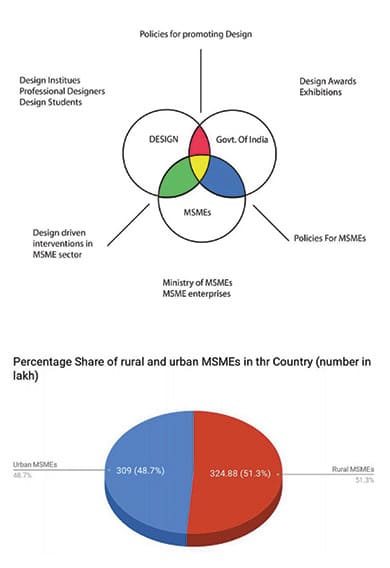
Mentor - Shemal Pandya
This dissertation conducts a visual analysis of visual content viewed by young children on various mediums. Based on the inferences, it builds an argument that the
manner in which this content is portrayed, contributes significantly to myopic perspectives on the construction of gender, an ongoing process shaped by social contexts;
there is a lack of awareness as children grow up.
Gender is one of the major ways humans follow to organise their lives, as suggested by Judith Lorber in her book Sex and Gender. This consumption during their formative
years, shapes their world-view, based on which they develop mechanisms of communication. It contends that designers are partially responsible for the awareness and
understanding of gender among these children and therefore must take on greater responsibility and mindfulness when producing visual material on gender. .
The Design Village | 2018

Mentor - Sneha Ravishankar & Prachi Joshi
Menstrual Euphemisms with Visual Language: Analysing the Impact on Urban Indian Adults Influenced by the campaign #justsayperiod, the position taken is that it is not the word 'period'- a euphemism itself, that needs to be normalised, but the process of understanding it. By analysing the context of 18-year-old, English-speaking participants, from urban centres, who have had the privilege of private school education, the study argues that the word 'period' has individual associations that evoke the expression of euphemism as an urge to communicate in a given context where taboos exist. Further it states that the need to normalise starts from the need to understand menstruation beyond the scientific meaning, where visual euphemisms on menstruation can be used as a tool. This tool can be used as a common reference for the non-menstruating population to evoke the inherited empathy towards the menstruating population, aiming towards the larger goals like menstrual hygiene and well being. .
The Design Village | 2018
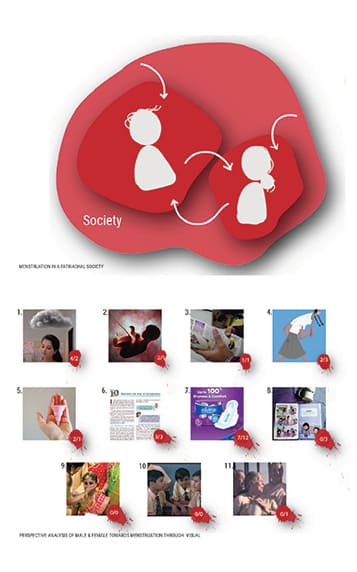
Mentor - Pritesh Maru
Outdoor advertising is an old, commonplace, popular but controversial medium of mass communication. It has been used as a tool in communicating uniqueness quotients of cities. The study contributes to the emerging discourse on cultural aspects of creation and management of outdoor advertising by critically examining roles and responsibilities of various stakeholders. It looks at the relevance of regulations in the bringing of order and coherence. It also concludes that the design fraternity-the responsible graphic designer in particular can bridge the missing links between the individual participants, make possibilities sustainable and also employ mechanisms to make outdoor advertising inclusive of culture. It also tries to bring out the complete lack of awareness in the general public on issues pertaining to this visible and participatory domain of our life in cities.
The Design Village | 2020
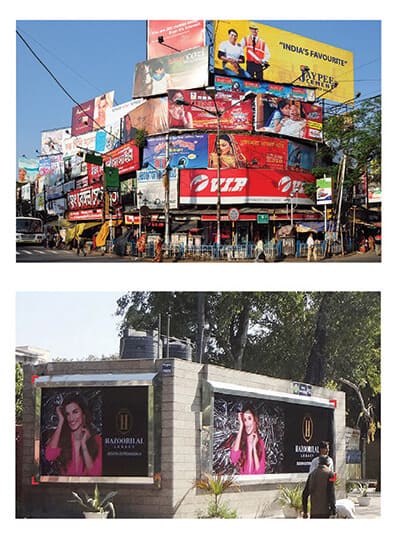
Course Name : Design for End of Life
Mentor - Marieke Sonneveld
Collaborators: Albert Shawn, Karan Pal Singh
Akhil Ravi, was an illustration of a villager, journeying through the labyrinths of discipline-clad design and questioning its efficacy, longevity, and long-term impact
on our immediate ecosystem. His whys were backed with uncompromised research and dedicated dry runs to propose solutions for the foreseeable future, the ones that could
be implemented at once but for a prolonged time span. As a reflection of self, he wrote, "To be one with nature would be the thought going in my mind, rather than being
in front of nature".
It was a module that he undertook with Dr. Marieke Sonneveld, Founder of Delft Design for End of Life Lab, Netherlands, that stands out as a recognition of what
compassion means to those who are on their journey to the last days of their lives. Akhil along with his collaborators - Albert and Karan, personified compassion
through "The Remembrance Capsule, which derived a primitive technique of leaving imprints on the sand, transcribing their reflections. On a sudden movement, these
imprints would be dissolved and engrained within the sands of time. An embalming therapy.
The Design Village | 2018
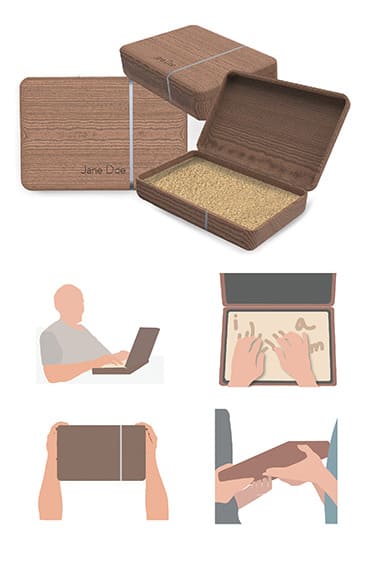
Mentor - Lena Ragade Gupta
Back in 1976, Apple Inc. came to life in a California garage. In the 42 years since, perhaps no one has impacted the field of design more than Apple.
From the Apple lI to the iPod to the Apple Watch, this dissertation critically analyses the decisions made towards the Interface Design on these products and what
relevance they hold. It tries to shed light on how these decisions have set a guideline for the entire industry to follow, and how Apple's way has become the right way.
Apple has been a company that has always designed for the future, rather than the present. It has mastered the idea of emotional design, and making its products feel
more 'human' This approach has today led to Apple being one of the most valuable companies in the world.
The Design Village 2019
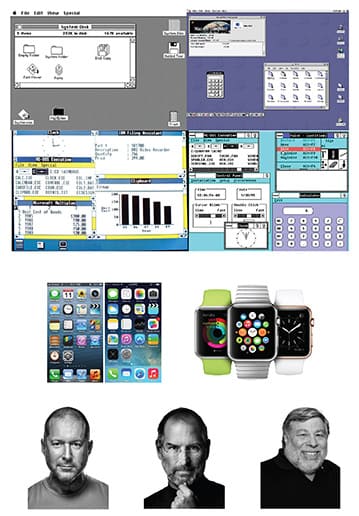
Mentor - Sanchita Bhatia
Storytelling in brands has been used as a marketing tool to gain the attention of the consumers. People get emotionally attached to products through their connection to
the brand stories, their themes or characters.
People do not buy products solely for utilitarian purposes but buy the identity of the product. The research aims to understand how brand stories are interlinked to
products and geared towards making them more relatable, so people get the same experience when they buy the product as well. A brand story can earn the trust of
consumers if it is human centric, authentic and meaningful. The author analyses the impact of storytelling in product design by evaluating if people actually experience
the narratives when they use products.
The Design Village | 2020
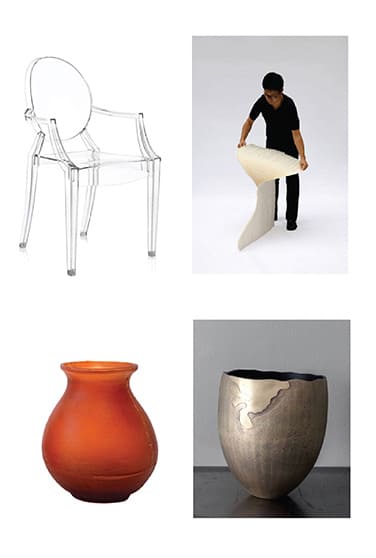
Mentor - Lena Ragade Gupta and Manisha Singh
This study attempts to look at the aspects of how interior architecture of an institutional building can be made sustainable, by addressing the issues coming in and
perceiving the impact of institutional buildings. Institutions are places where people meet, interact, enrich their and each other's lives.
They embody the spirit of learning, sharing, evolving and thus existing meaningfully. Sustainability is the need of the hour and should be addressed at the global
level, national level, regional, community and individual level.
The study limits itself to the domain of interior architecture defined as the making of interiors of the container called the envelope. It attempts to prove that
sustainability is a way of thinking and should be a part of a designer's mandate even if the client brief does not specify.
The Design Village | 2018

Mentor - Vatsal Agrawal
This study questions the implications on the environment, of reckless practices of the fashion industry abetted by marketing/social media and chiefly, the culture of the consumers. In particular it examines 'Fast Fashion'. This recent phenomenon is one of the main contributors for this ever-increasing fashion pollution; manifested by a strategy of planned obsolescence, by cultivating a habit among the younger generation to consume compulsively, lured by uncountable choices at extremely affordable prices and incentives, in a timeframe that has shrunk from a couple of seasons a year to fortnightly and weekly. Apart from feeding 'wants' and not 'needs', brands like Zara, H&M, Bershka, Stradivarius, Primark, also engage in unethical practices (sweatshop factories where manual workers are exploited through low wages/ long work-hours/inhuman work-environments). The study provokes the audience to develop greater consciousness towards creating their closets.
The Design Village | 2018
